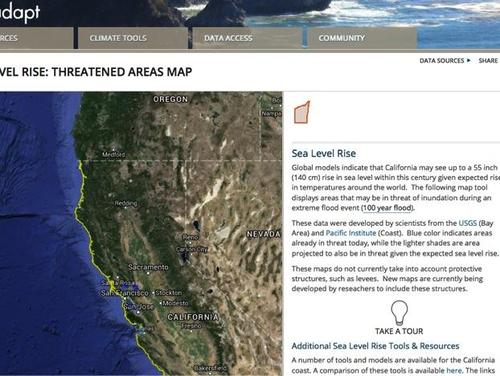Featured Resources
Climate Youth Engagement
National Climate Assessment Teaching Resources
Case Studies
Unique and diverse youth programming models and student-driven initiatives that are advancing place-based climate solutions.
Blog
-
April 18, 2016




























